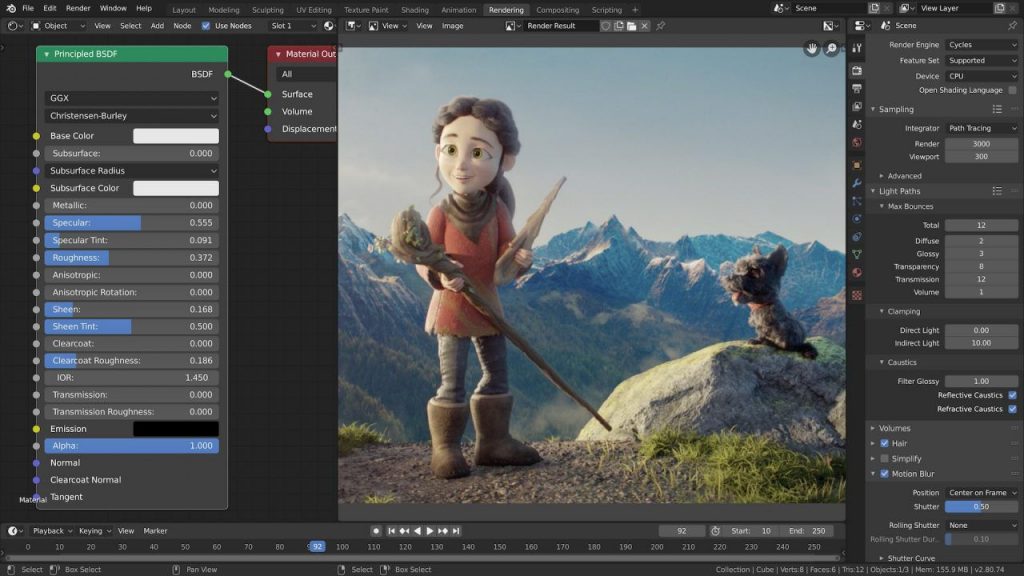Best Selling Products
What is Visual Art? Art forms of Visual Art today
Nội dung
In this article, SADESIGN will reveal to readers what the concept of Visual Art is? Art forms of Visual Art today.
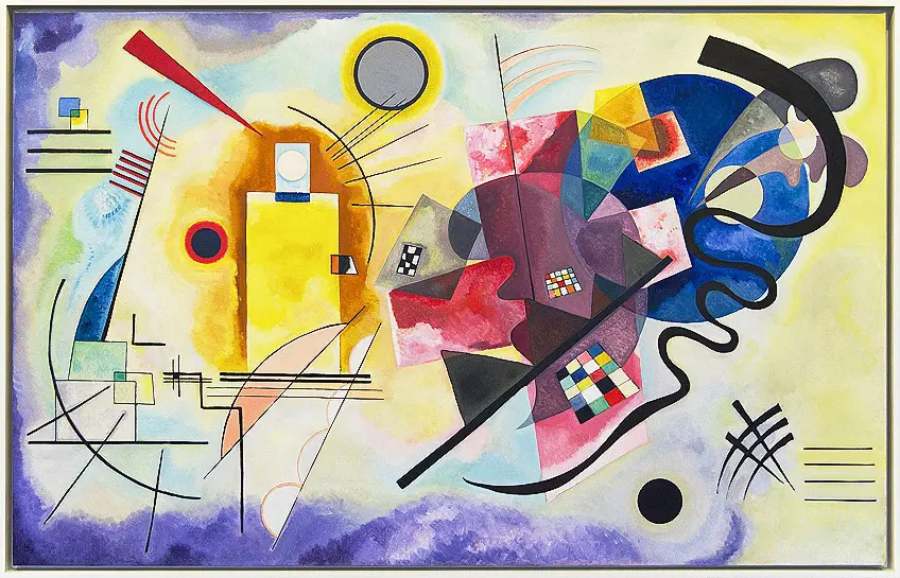
Visual Art is considered one of the most popular art forms, Visual Art not only reflects beauty but also is a powerful means to convey messages, emotions and personal views. The forms of Visual Art are very diverse, from traditional works such as painting and sculpture to modern genres such as photography, graphic design, and digital art. Each form has its own unique characteristics, helping creators express themselves and connect with viewers in different ways. In this article, SADESIGN will reveal to readers the concept of What is Visual Art? Current forms of Visual Art.
1. What is Visual Art?
Visual art is an art form that uses visual elements such as images, color, and space to convey emotions, ideas, and messages. Visual artwork can be created using a variety of methods, including painting, sculpture, photography, graphic design, and digital art. The purpose of visual art is not only to express beauty but also to reflect on human social, cultural, and psychological issues. Visual art can be symbolic or abstract, creating unique spaces and experiences for viewers.
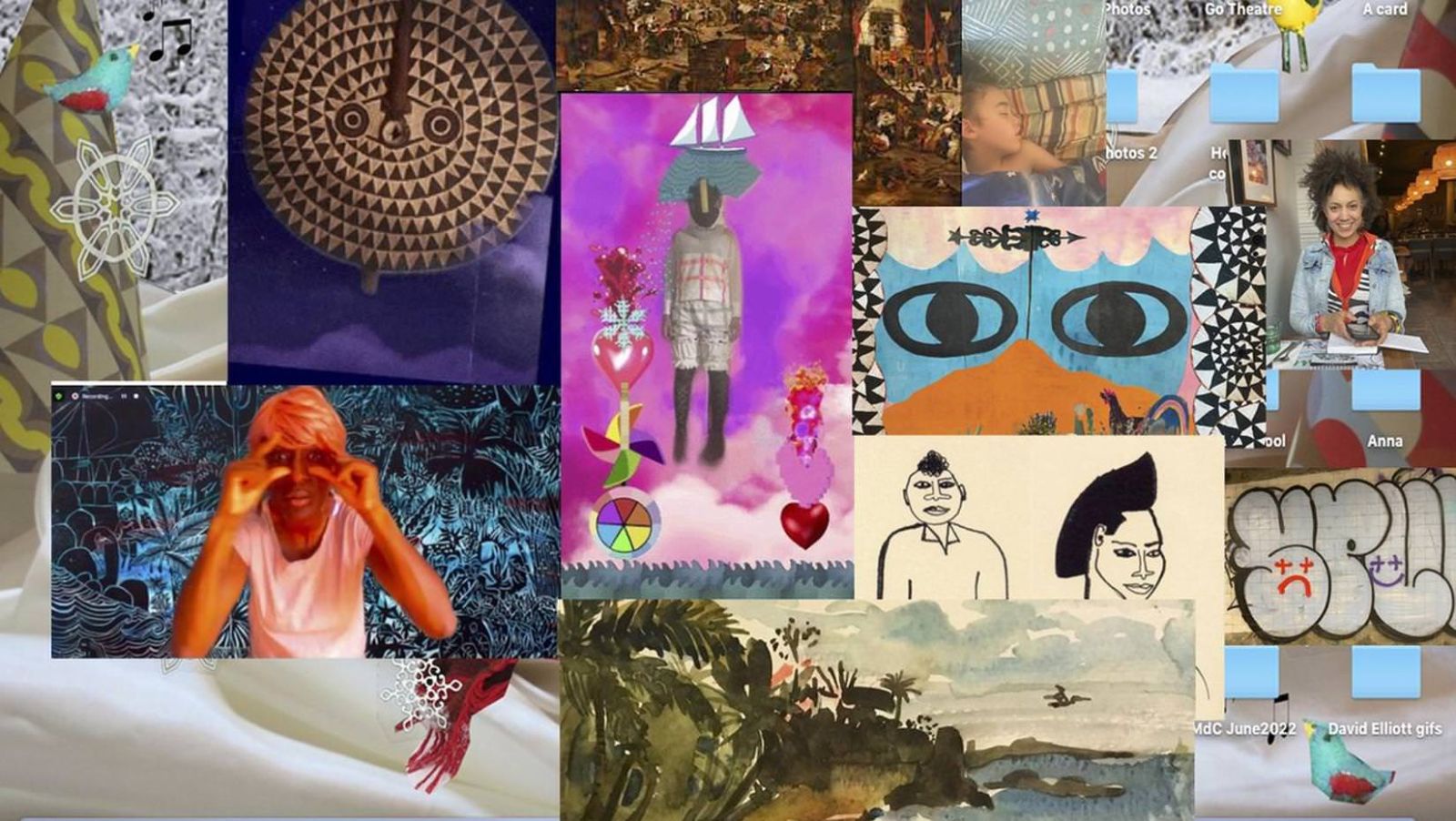
In the modern world, Visual Art is not only limited to traditional works of art but also extends to digital media, where artists can use software and technology to create new and innovative works of art. Visual art is not only a means of entertainment but also a powerful tool for education and social change.
2. The influence of Visual Art in design
Visual Art has a profound influence in the field of design, playing an important role in creating products that are not only beautiful but also meaningful. With the characteristics of using visual elements such as color, shape, layout and proportion, Visual Art helps designers build an impressive and accessible visual space. When applied to graphic design, visual art not only beautifies products but also helps convey messages effectively. Elements such as color can strongly affect the emotions of viewers, while size and proportion help to classify information and draw attention to important elements.
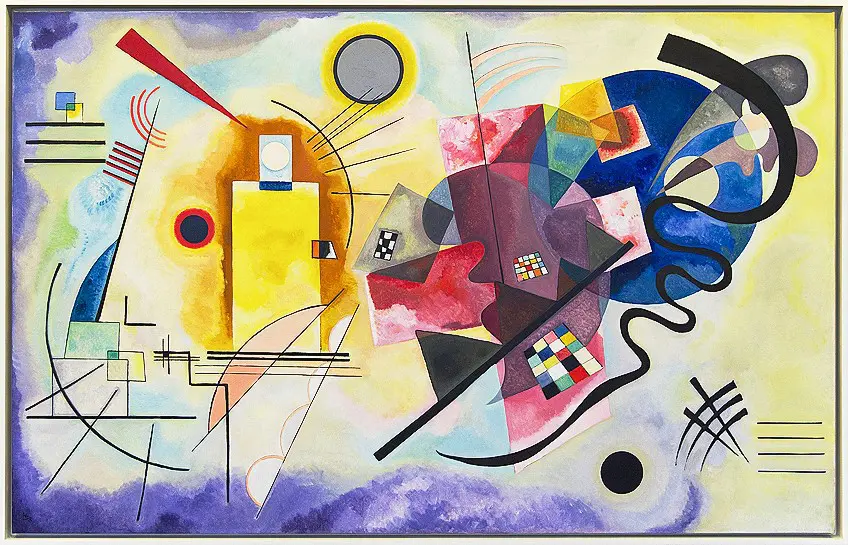
In addition, Visual Art also has a great influence on design trends, from creating new styles to shaping the overall aesthetics of the design industry. In web design, Visual Art helps enhance the user experience by creating an eye-catching interface that is easy to navigate and at the same time reflects the brand identity. In advertising design, visual art helps attract attention and create a strong impression, making the message conveyed memorable. In short, the combination of Visual Art and design has created creative products that are not only aesthetically beautiful but also effective in communicating with viewers, contributing to enriching the design field in general.
3. Art Forms of Visual Art
3.1. Fine Arts
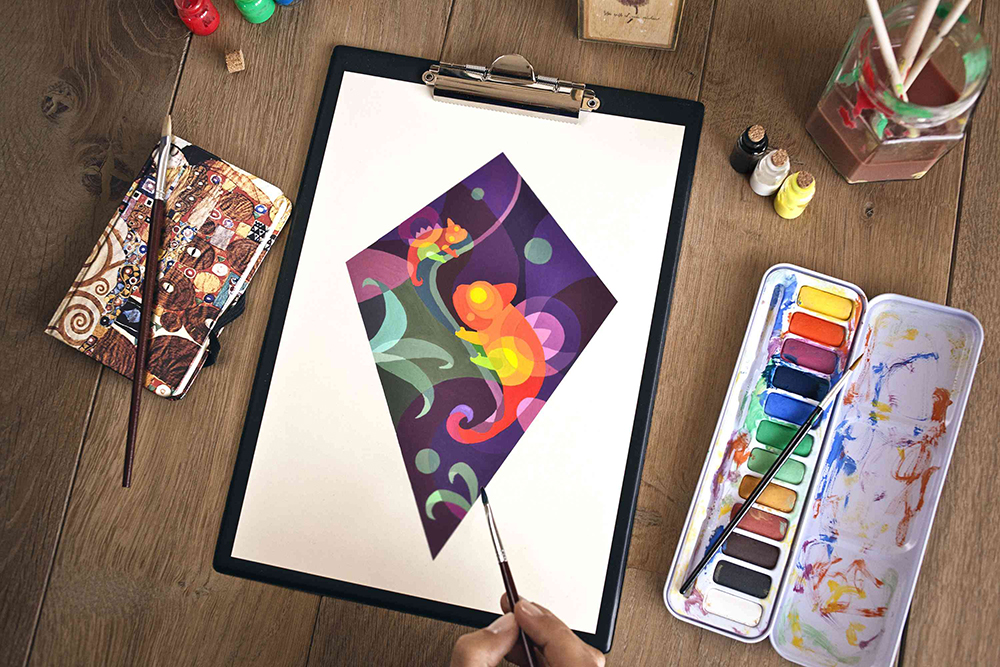
Fine Art is an important part of Visual Art, playing a major role in expressing emotions, ideas, and beauty through visual means. Fine Art includes traditional art forms such as painting, sculpture, graphics, and printmaking, which often focus on creativity and manual techniques. While Visual Art is a broad concept that includes digital art and other modern creative forms, fine art still plays a fundamental role, reflecting cultural and historical values through each work.
Visual Art has the ability to convey powerful messages about life, society and people through images. Art works are often used to express beauty, authenticity or abstract artistic views, contributing to the richness of the visual art world. Despite the strong development of digital art, art still maintains an important position in Visual Art, as a means for creators to connect with their deep emotions and thoughts.
3.2. Contemporary art
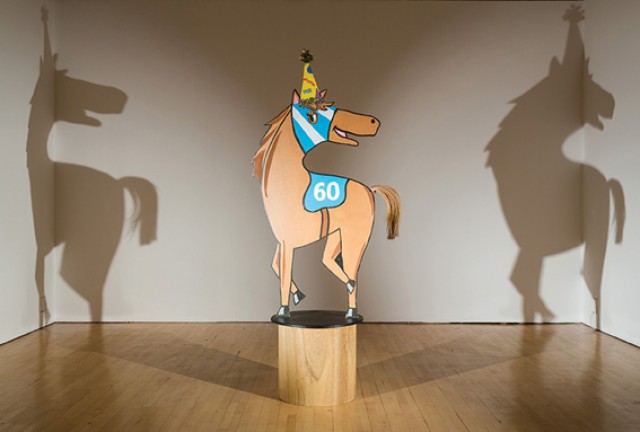
Contemporary art is an important part of Visual Art, reflecting current trends, ideas, and social values. Unlike traditional art forms, contemporary art is not limited by specific rules or techniques, but expands to many different genres and creative methods. It can include painting, sculpture, photography, video, and digital art forms, and even incorporate elements of performance and installation art. Contemporary art often encourages creative freedom, explores social, political, and cultural issues, and reflects diversity and change in society.
One of the most striking features of contemporary art is the interaction between the artist and the viewer. Contemporary artworks are not just finished products, but also open up space for viewers to participate, reflect and create personal connections. Through contemporary art, artists can express their views on pressing social issues, from the environment, human rights to technology and the future. Therefore, contemporary art is not only a part of Visual Art but also a powerful tool to provoke change and reflection in modern society.
3.3. Decorative arts and crafts
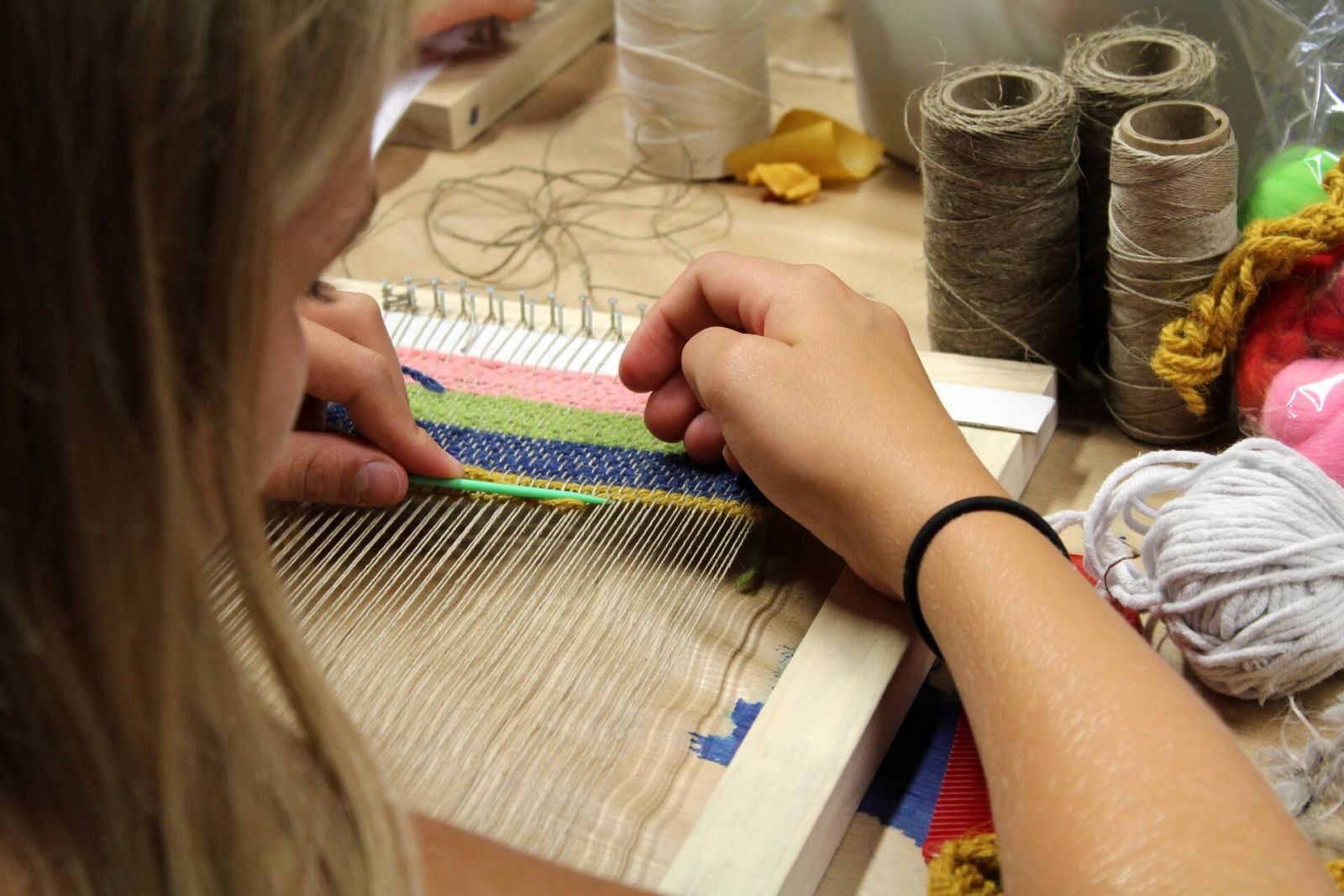
Visual Art includes not only paintings, sculptures, and photography, but also extends to many other fields, including Decorative Arts and Crafts. These types of art play an important role in beautifying living spaces, while also demonstrating the artist's creativity and craftsmanship. Decorative arts include elements such as patterns, decorative motifs, murals, ceramics, fabrics, and other design products, which function to beautify everyday objects, such as furniture, clothing, or decorative items. Decorative works of art are often closely associated with the culture and traditions of each region, reflecting the aesthetic taste and lifestyle of the community.
Meanwhile, handicrafts focus on the creation of handcrafted products, including woodwork, pottery, bronze, textiles, and many other types of crafts. Although these products are often highly practical, they still have a distinct artistic element, thanks to the creativity in design and the craftsmanship of the people who make them. Decorative arts and handicrafts are not only applied art forms but also contribute to the preservation and promotion of traditional cultural values. Both are an integral part of Visual Art, showing the diversity and richness in the world of visual arts.
3.4. Design

Visual Art not only includes traditional works of art such as painting and sculpture, but also extends to modern fields, including design . Design is considered an important part of Visual Art, with the goal of combining creativity and art to solve practical problems and serve aesthetic and informational needs. In design, visual elements such as color, shape, line, and layout are used to create products that are not only eye-catching but also have high application value.
Design fields such as graphic design , web design , product design , and interior design are all heavily influenced by Visual Art. For example, in graphic design, artists and designers use visual art to create brand identities, advertisements, product packaging, or even website interfaces. The creativity in selecting and combining visual elements not only makes the product attractive but also contributes to effectively conveying the message.
In addition, in product design or interior design, Visual Art helps create aesthetically harmonious products, combining function and beauty, while creating inspiring living and working spaces. Therefore, Visual Art is not only pure art but also a powerful tool in creating contemporary design products, contributing to enriching the user experience.
4. Color and image are the power of Visual Art
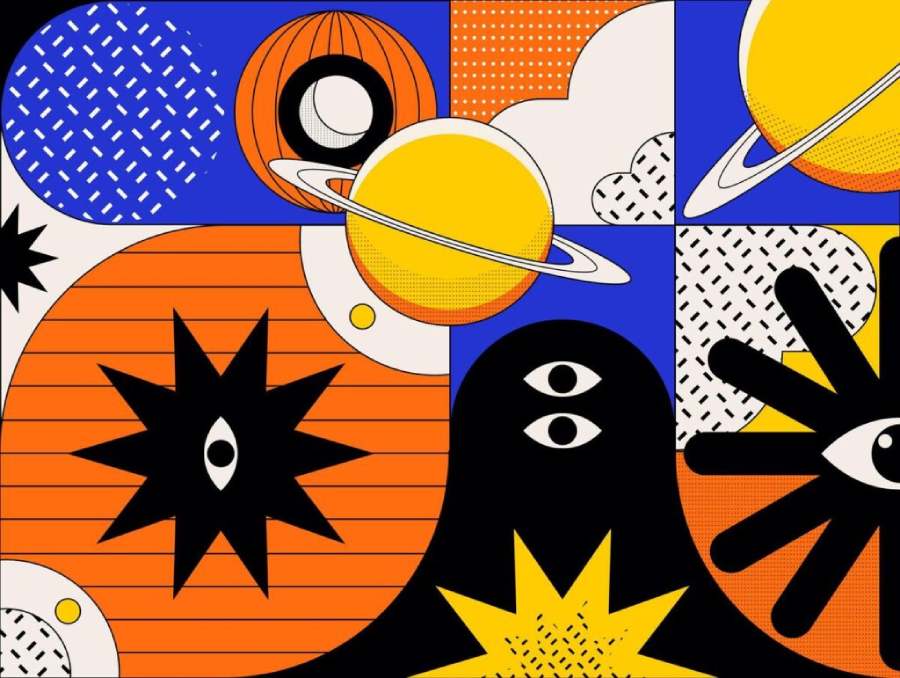
Visual Art, with its unique power of color and image, has become an indispensable part of our daily lives. From home decoration paintings, street advertising design, to website interfaces and brand logos, Visual Art not only beautifies the space but also brings strong emotions and conveys clear messages. Color, with its ability to influence mood and emotion, plays an important role in creating a connection between the viewer and the artwork.
For example, red can evoke feelings of strength and energy, while green can be refreshing and relaxing. Images, whether they are advertising photos, logo designs or brand symbols, are carefully chosen to attract attention and evoke an emotional response from the viewer. Visual Art is not only present in museums and galleries, but also permeates every corner of everyday life, from product packaging to television commercials, where it helps create strong impressions and convey deep values.
Conclusion
What is Visual Art? The art forms of Visual Art have the answer. Each form of Visual Art has its own unique values, reflecting unlimited creativity and the ability to convey a strong message from the artist to the viewer. With the constant development of technology and new trends, Visual Art continues to expand and change, creating new and diverse art spaces. Understanding what Visual Art is and its forms helps us appreciate and enjoy art more deeply, while also discovering more unlimited creative potential in the visual world.










































